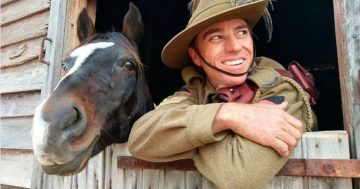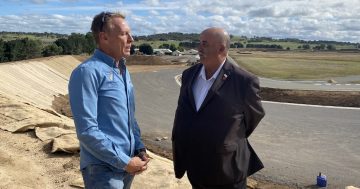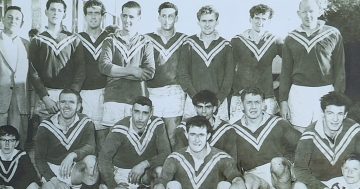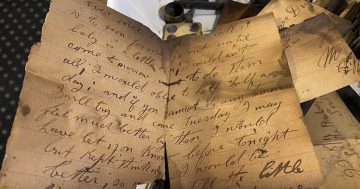As we learned to live with COVID-19, 2022 saw colour and life return to our regional communities. Here we have brought together 15 stories that showcase some of the highs and lows of the year.
You will never guess what came in at number one.
15. Bernardoffs shut up shop in Braidwood after 25 years
by Sally Hopman
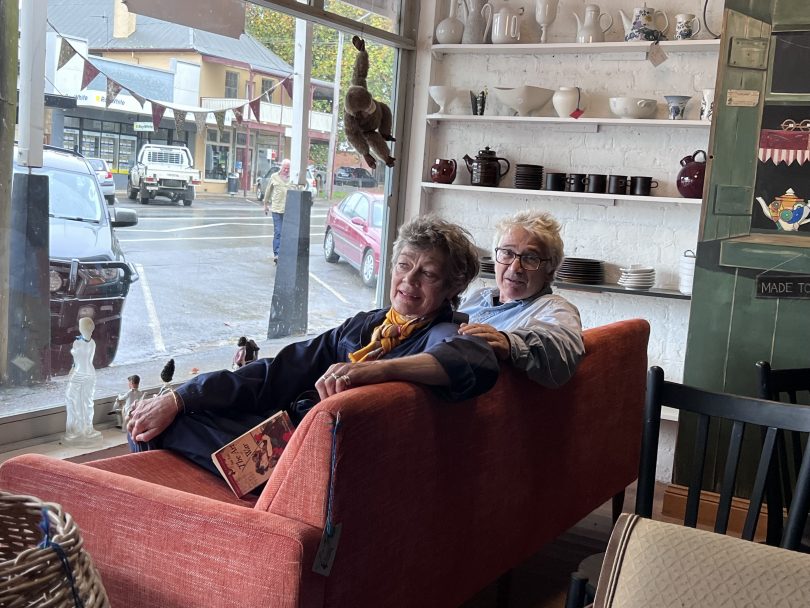
Olivia and Gilles Bernardoff share some final moments in their Braidwood shop. Photo: Will Bernardoff.
We said goodbye to an old favourite as Bernardoff’s shut up shop in Braidwood.
When Olivia Bernardoff saw the “funny old garage” on Braidwood’s main street about 25 years ago, it was little more than a ruin – but there was something special about it.
That garage became known as Bernardoff’s – the place to go in Braidwood if you loved furniture and authentic collectibles.
14. Photographer seals dream shot, making a real meal out of octopus
by Sally Hopman
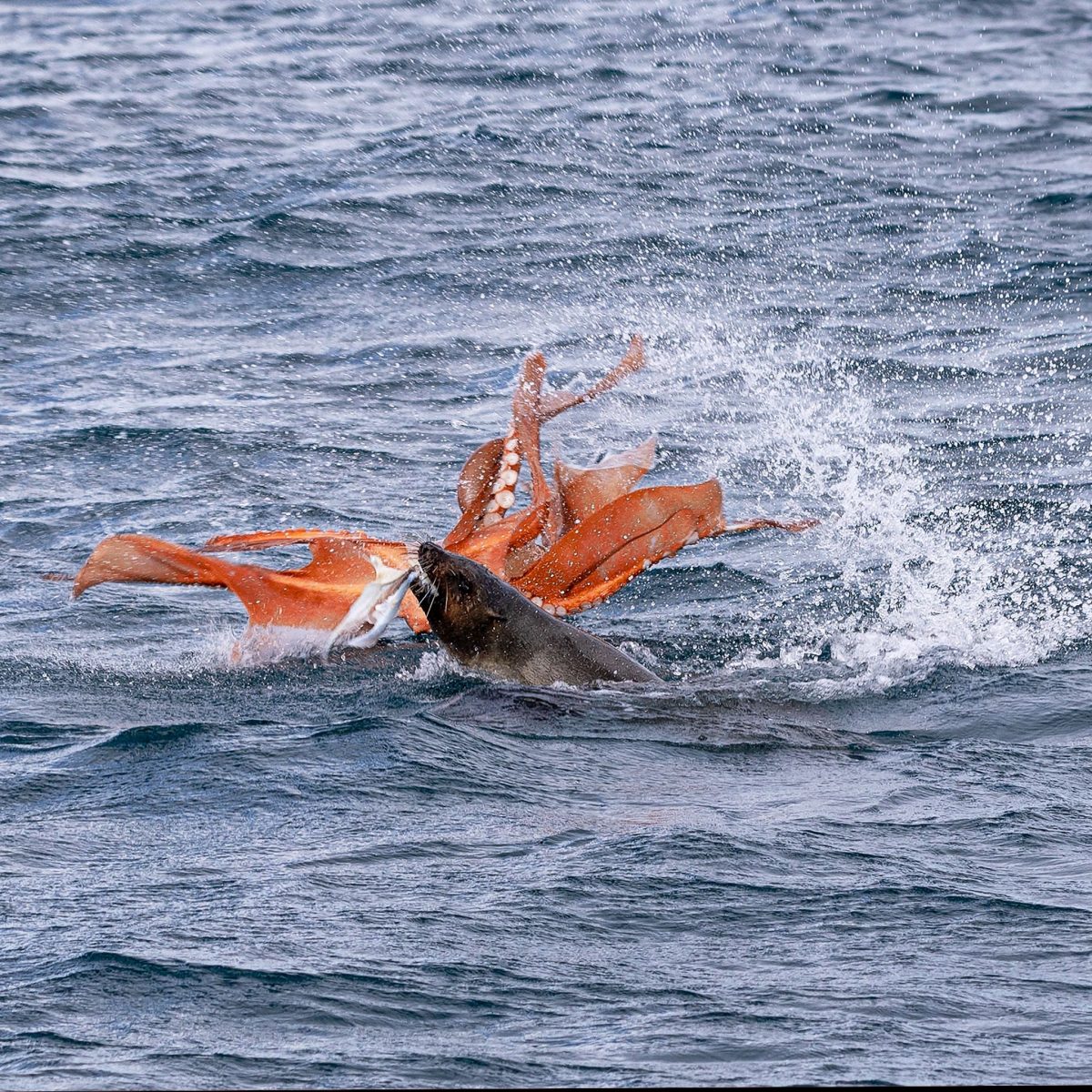
Photographer Sophia snapped her dream shot when this South Coast seal caught lunch in Twofold Bay. Photo: S_Q Snaps aboard Cat Balou Cruises.
Brad Wills has to have one of the best jobs in the world.
Where else would you see a seal chomping down on his lunch of a rather large, eight-armed octopus, the seal seemingly unaware of the tour boat and snapping phones a metre or so away, capturing every bite.
That’s exactly what Brad, owner/skipper of Cat Balou Cruises, based at Eden in Southern NSW, did – along with his boatload of tourists and locals.
13. Not the end of the line for Historic Crookwell railway station
by Clare McCabe
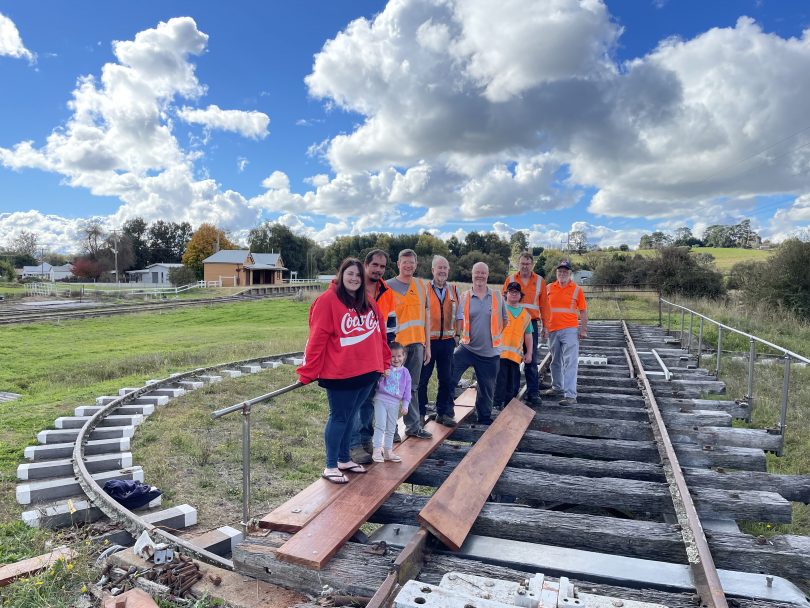
(Left to right) volunteers Carissa and Sophie Stewart (4), Lenny Stewart, Stephen Smith, Ian Barnes, president of the CHR Mick Bindley, Mikki Ovington, Colin Bolin and secretary GCHR Peter Simpson at the Crookwell Railway Station. Photo: Clare McCabe.
On 22 April 1902 the final steel railway sleeper was laid to complete the Goulburn to Crookwell railway line.
On its 120th anniversary, Crookwell Heritage Railway group members laid a new turntable deck and reinforced the railway sleepers’ supports at the heritage-listed terminus, proving it wasn’t the end of the line for the early 1900s railway station.
Though its last powerful steam train departed around the 1960s and the final train left the station in 1985, the railway line could become part of the NSW rail trails – non-operational parts of the country’s regional network of railways converted into shared-use paths for cycling, walking and sometimes horse-riding.
12. Farmers bring a taste of outback pub life to … Gundaroo
by Sally Hopman
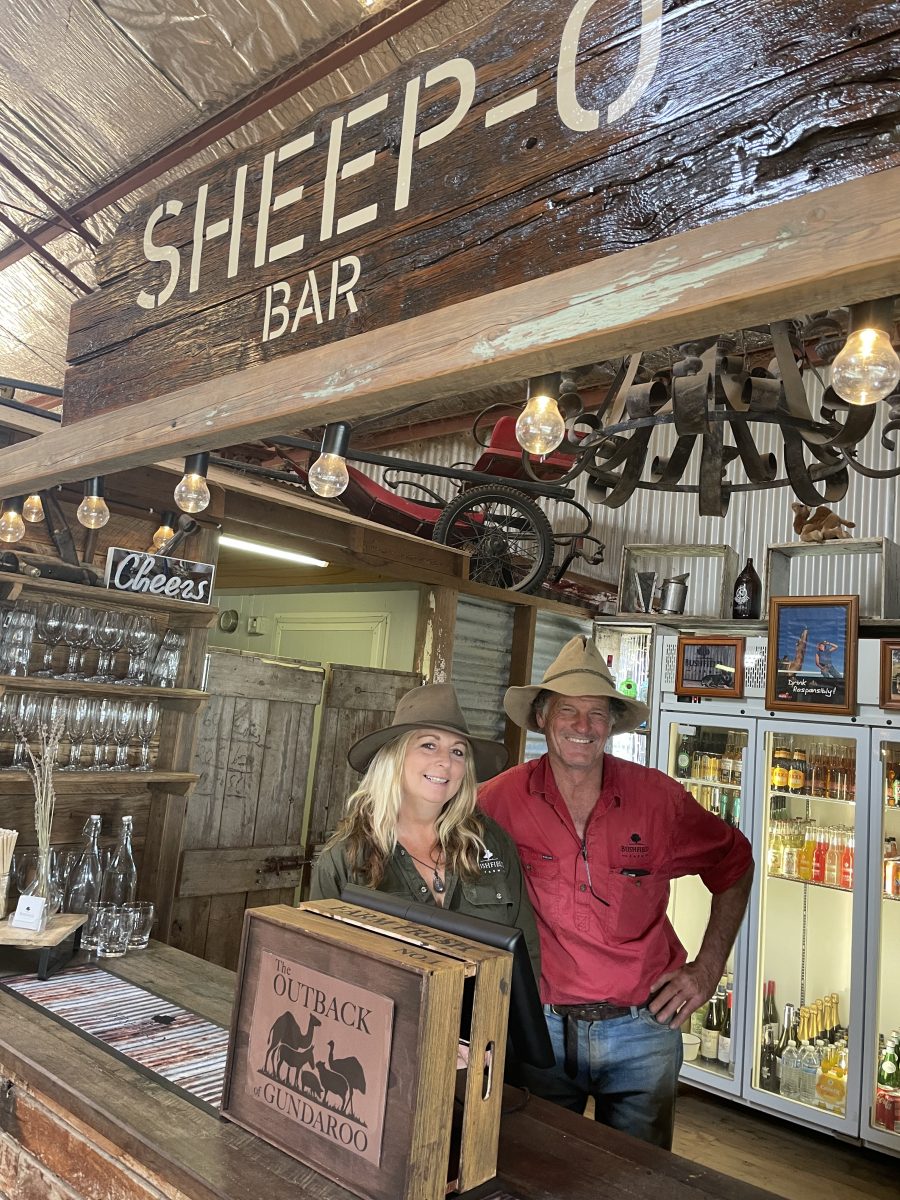
Kylie and Jimmy Finn behind the bar at their new Sheep-O outback pub on their property outside Gundaroo. Photo: Sally Hopman.
There’s something about an outback pub. It is usually built from what was something else, and decorated, slowly over the years, with things that look like they’ve always been there.
Jimmy and Kylie Finn, who run Bushfield Farm just out of Gundaroo, have just opened their version of a pub in the shearing shed of the property. Jim’s family has lived in the district for more than 100 years. It’s called the Outback of Gundaroo, with the bar named Sheep-O, perfect for former shearer Jim.
For years the Finns have run sheep on the 80-hectare farm, but began to diversify a few years ago when what started as a favour for friends and family – hosting weddings in their shearing shed – became good business.
11. Mystery of Nelsons Beach shipwreck and its puzzling cargo re-emerges from sands of time
by Albert McKnight
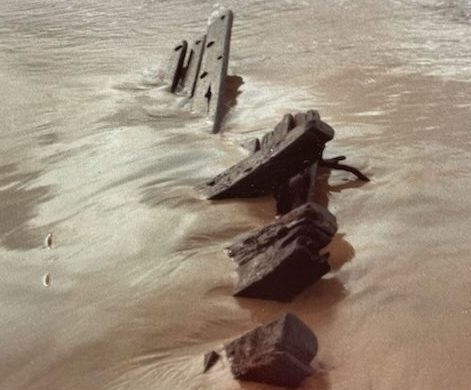
The mysterious shipwreck at Nelsons Beach re-emerged from the sand in the 1970s. Photo: Nancy Hinde.
A nearly 200-year-old shipwreck shrouded in mystery re-emerged from its sandy grave on a Far South Coast beach.
One of many wrecks littering that wild and remote coastline, it is surrounded by questions.
The wreck on Nelsons Beach, just north of Tathra, was first reported bottom-up and loaded with cedar logs in 1859 by the captain of the SS Mimosa – a ship that would also sink and become the namesake of Mimosa Rocks National Park.
10. Childhood memories of Pooh’s Corner inspire Canberra filmmaker
by Zoe Cartwright

Young and old alike watch out for Pooh Bear’s Corner on the Clyde Mountain. Photo: Wikimedia Commons.
Not-so-fond memories of the carsickness that accompanied holiday trips to the coast have inspired Canberra filmmaker Matthew J Thompson’s newest documentary.
As a child, Matthew regularly made the trip from Canberra to Ulladulla with his family and there was one high point on the nauseous trip over the Clyde Mountain – Pooh Bear’s Corner.
“I’d always get really car sick so I found seeing Pooh’s Corner really comforting,” he said.
9. Dachshunds by the (almost) dozen keep Louise on a short leash
by John Thistleton

Under a hint of spring blossoms, Margaret Ranger and Louise Gardner with Louise’s family of Dachshunds. Photo: John Thistleton.
Her long-haired, tan-and-caramel coat almost touching the ground, Pippa Girl, an 11-year-old Dachshund, leads a pack of seven other Dachshunds down Cowper Street in Goulburn.
In the pram is Penny, six, who has rare muscular dystrophy. She doesn’t walk, doesn’t have biscuits and is restricted to soft foods because of her difficulty swallowing.
They are out walking twice a day. On icy mornings when the temperature drops to -7 degrees Celsius, older dogs like Tuppie, 14, and Gidget, 13, will sit in the pram with Penny, even though they are rugged up with an extra coat.
8. It’s the Dawn of a new era – and a date with destiny
by Sally Hopman
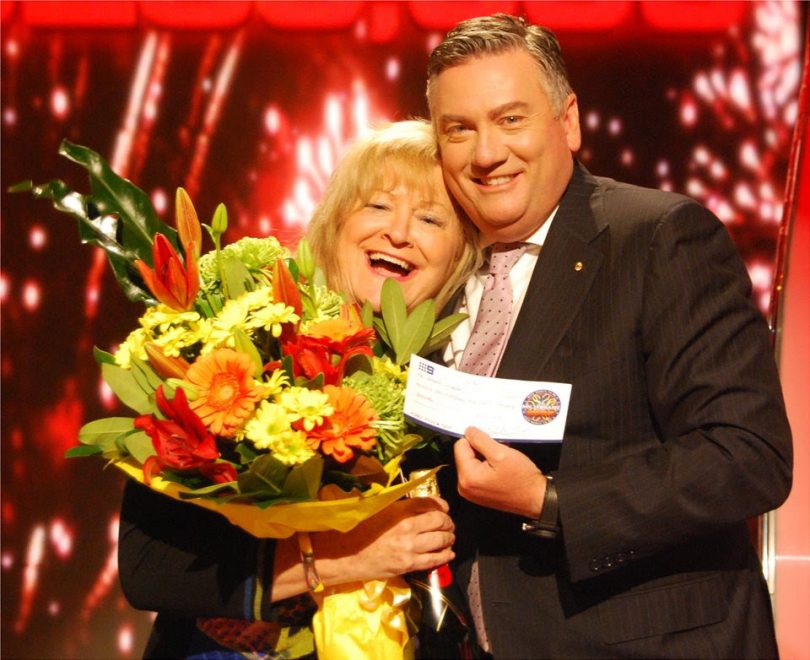
A delighted Dawn Simpson receives her cheque for $250,000 from Who Wants to Be a Millionaire host Eddie McGuire back in 2015. Photo: Supplied.
When Dawn Simpson won $250,000 on the TV quiz show, Who Wants to Be a Millionaire, she told host Eddie McGuire she was going to use some of the money to help Indigenous women and children in Alice Springs. And that’s exactly what she did.
She’s since made two trips up there from her home in Batemans Bay with loads of clothes, toys and whatever else the women needed.
Did she do anything for herself with the winnings? “I got a breast reduction,” she laughed, “I didn’t tell Eddie that though.”
7. Generations of families grow to love Australia Street
by John Thistleton

Christopher Painter with his father Kevin. They represented two of the three generations of Painters who have lived on Australia Street. Photo: John Thistleton.
On a gentle rise above Goulburn South Public School and running in a narrow, dog-leg design, Australia Street’s workers cottages haven’t changed their facades since they were built in the late 1800s.
Most of the cottages and terraces were simple, three- or four-room dwellings. But today they hold so much heritage significance altering their front exteriors is not permitted. But large living rooms, kitchens, bedrooms and laundries have been added in many of the homes without sacrificing the street’s quaint character.
Integrated Design Associates’ heritage study in 1995 found numerous residents had lived in Australia Street for generations or had family associations with it or the surrounding area.
6. Bay filmmaker breaking stereotypes with carnival family documentary
by Tom McGann
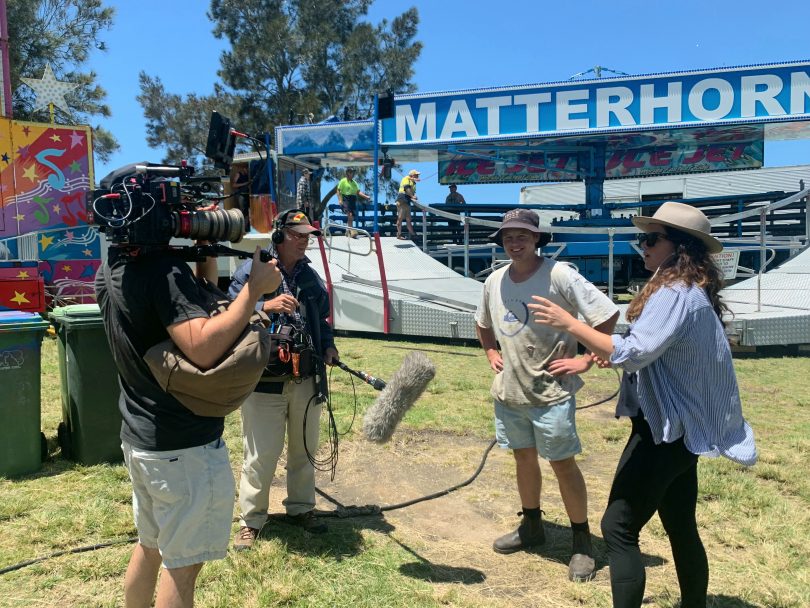
Isabel Darling directing her film, The Carnival. Photo: Supplied.
Bell’s Amusements is an institution in Batemans Bay every summer but what goes on behind the scenes? A new documentary aims to break down stereotypes and show what family life is really like in The Carnival.
Batemans Bay filmmaker Isabel Darling has spent the past six years working on a feature length film The Carnival,that she says will “open eyes” and “kill stereotypes” about the people who make a life travelling around the country, providing entertainment for the masses.
5. Here’s cheers to Grong Grong and the locals who bought their own pub
by Sally Hopman
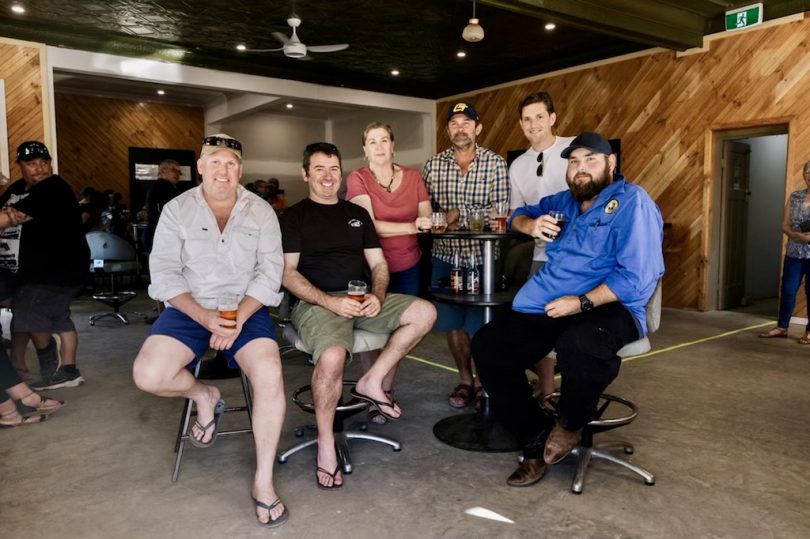
The Grong Grong six who made the reopening of the local pub a reality – by buying it themselves. From left, AJ Gillespie, Adam Ferguson, Gemma Purcell, Reiner Meier, Cain Gawne and Adam Conway. Photo: Supplied.
What do you do when the only pub in your tiny village faces closure? You do a serious whip-round, and buy it yourselves.
The locals aimed to raise $500,000 to keep the pub in local hands, with a minimum shareholding of $5000 each. They were overwhelmed with the result – 169 shareholders and $1 million.
4. Farewell Nimmitabel’s Peter Taylor, a giant among agriculture leaders
by Edwina Mason
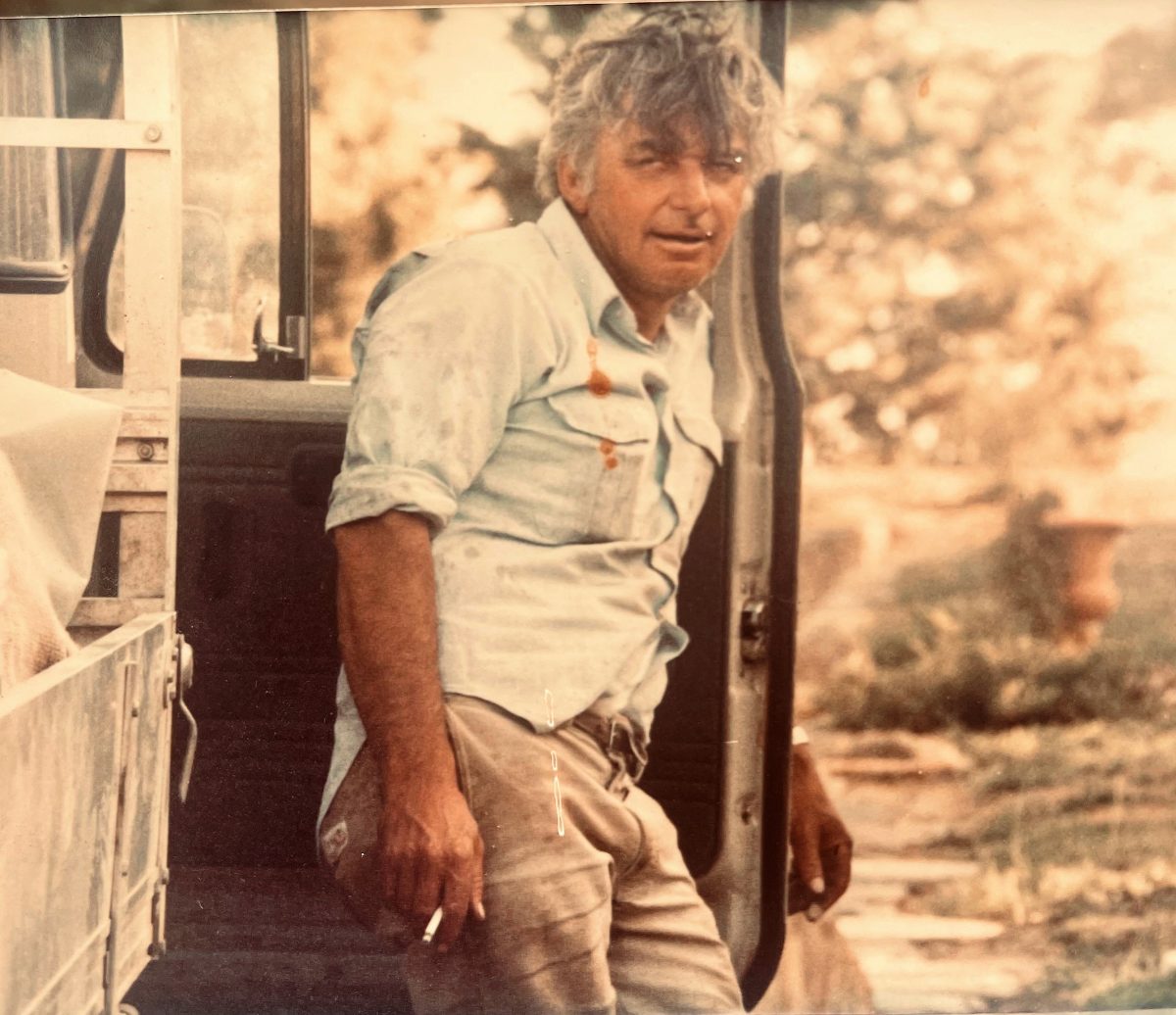
Nimmitabel grazier Peter Taylor was a zealous and effective agricultural industry leader. Photo: Supplied.
Nimmitabel grazier Peter Taylor was equally at home on the farm or in a board room, a dedicated bushie who loved the Monaro and a zealous leader for the agricultural sector.
Those who knew him remember a formidable intellect, adroit and unsubtle, who never missed an opportunity to be provocative.
3. End of an era as Anne’s at Moruya serves last customers
by Zoe Cartwright

Eurobodalla Mayor Mat Hatcher (centre) with Thanh Ta, Lindy Ta, Peter Ta, and Kim Ta. Photo: Supplied.
Anne’s Chinese Restaurant has been a Moruya institution for more than 36 years but now one small child has prompted its closure.
2. Her motorhome, her doggo and the open road – Leone goes where adventure takes her
by Sally Hopman
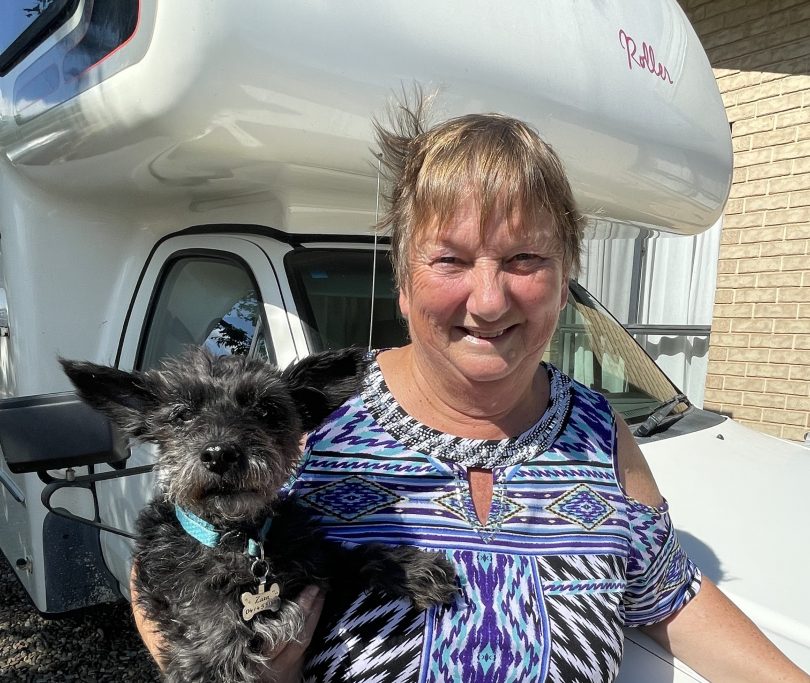
Leone O’Connell with her travelling companion Zara during a stopover in Yass. Photo: Sally Hopman.
Chance led her to the motorhome she named after her mother, Grace. Now Leone travels the open road with her trusted furry companion of 13 years and sometimes, fellow solo rollers.
1. Market gardeners dug up the source of 100 million bricks
by John Thistleton

Jeff Coggan’s brick-making research left him fascinated with the history of Goulburn’s 22 brick pits. Photo: John Thistleton.
For years the Coggans drew water for their vegetables from a seeming inexhaustible hole under their Goulburn acreage. When curiosity about the profound pit took hold, what they dug up was some extraordinary history.






